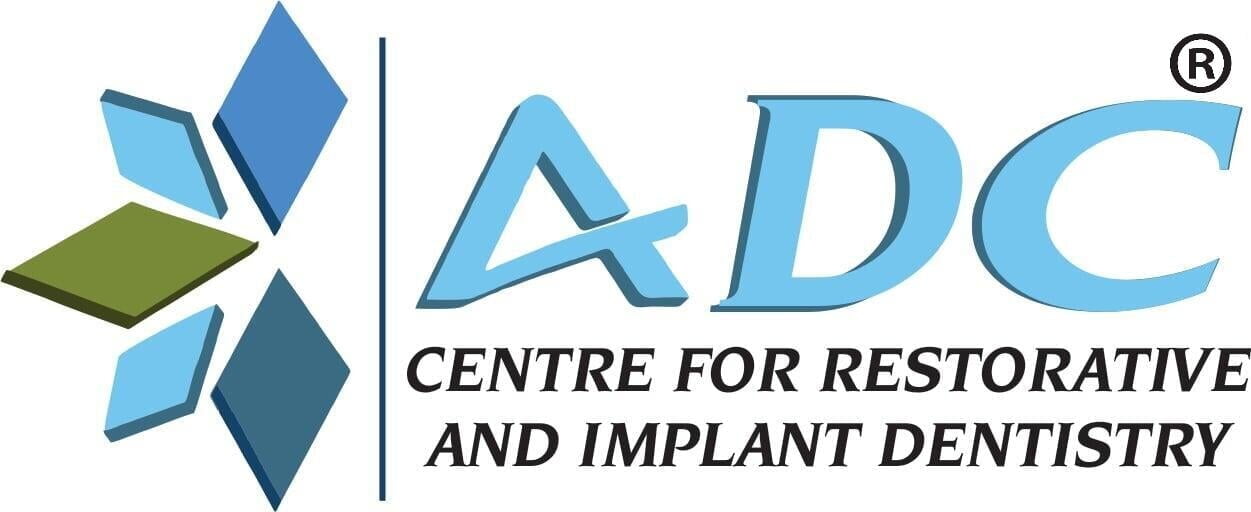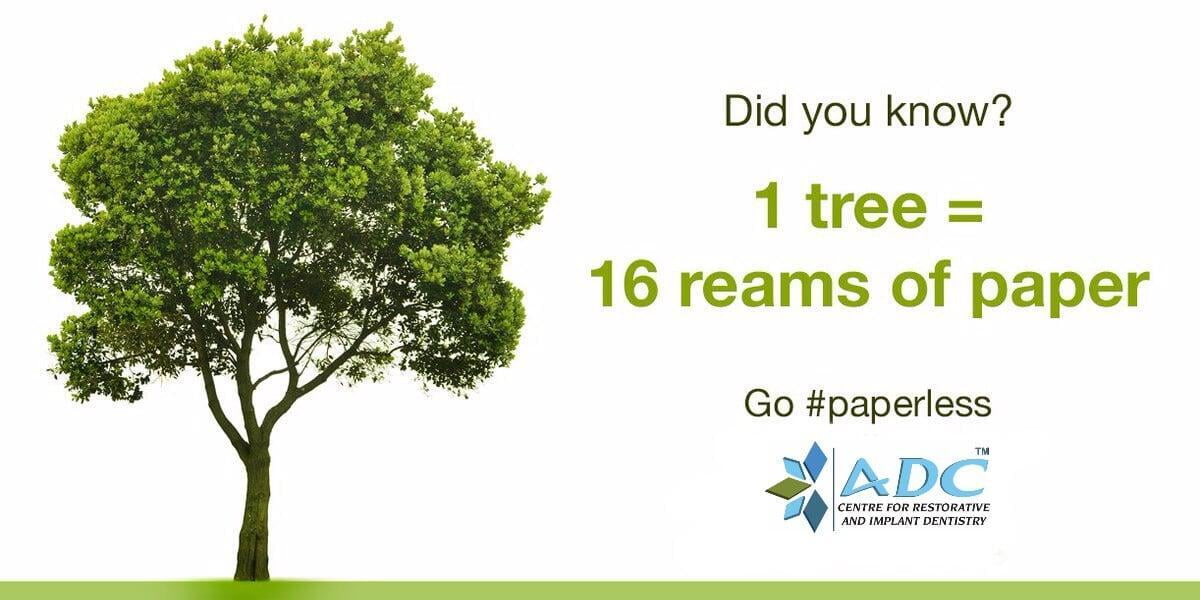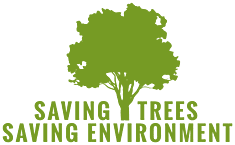Properly brushing the teeth and care of gums should be integral part of one's daily oral hygiene routine. However the most commonly asked question to a dentist is how to effectively brush one's teeth? To precisely answer this query, you should follow these brushing instructions as far as possible as these instructions will help you effectively learn brushing technique. In case you experience any problems, you are requested to contact our front office immediately.
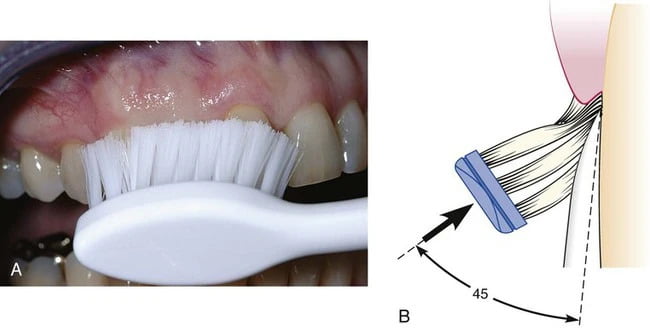
Proper Tooth Brushing Techniques are Critical to Oral Health. Using proper tooth brushing technique, you can remove food debris and plaque, preventing the onset of Dental Caries and gingival problems such as gingivitis and periodontitis. Tooth brushing technique focuses on brush motions or movements:
Key Brush Motions
- Hold the toothbrush parallel to your teeth and bristles towards the gums. The bristles must be placed partly over the cervical portion of the teeth and partly on the adjacent gingiva.
- Tilt the brush at a 45-degree angle and gently move the bristles under the gumline.
- Wiggle or vibrate the brush back and forth or use a small circular motion 15 to 20 times before moving on to the next area, using firm but gentle pressure and keeping the bristles under the gum tissue. The brush should be used to clean two to three teeth.
- Brush the entire outer surface of the teeth, then repeat the process on the tongue side.
- To brush the insides of the front teeth, hold the toothbrush vertically and use the bristles on the brush's toe, making sure to get under the gum tissue.
- Brush the chewing surfaces of the molar teeth, including the tongue.

Brushing thoroughly around and under the gum line, where bacteria and plaque accumulate, is essential for preventing and controlling gum disease. This brushing technique is also beneficial for people with Gum disease.
Indications:
- This toothbrushing technique is recommended for all patients to remove bacterial plaque from areas directly beneath the gingival margin.
- Exposed root surfaces, open interproximal areas, and cervical areas beneath the height of the contour of the enamel.
- For patients who had periodontal surgery but did not recover immediately.
Brushing Technique for Patients with Braces
Patients who have fixed Orthodontic appliances and those who have recently undergone gum surgery should follow this technique. The brush is placed at a 49% angle to the long axis of the teeth in the opposite direction, and the bristles are directed coronally. The bristles point away from the gingiva towards the interproximal surfaces of the teeth after adaptation in place. After placing the bristles at the gingival margin, short back-and-forth vibratory strokes are given. The bristles of the brush are then pressed against the occlusal surfaces of the teeth, and pits and fissures are cleaned with a slight rotary motion.
Indications:
- Using this brushing technique helps to clean the fixed orthodontic appliances.
- It aids in the loosening of debris and bacterial plaque.
- It massages and stimulates the gingiva at the margins and between the teeth.
- This brushing technique is recommended after periodontal surgery.
- This brushing technique is useful for removing bacterial plaque from the abutment teeth, under the gingival border of a fixed partial denture, and the undersurface of a helpful bridge.
- This brushing technique is appropriate for cervical areas below the crown's contour height and the exposed root surface.
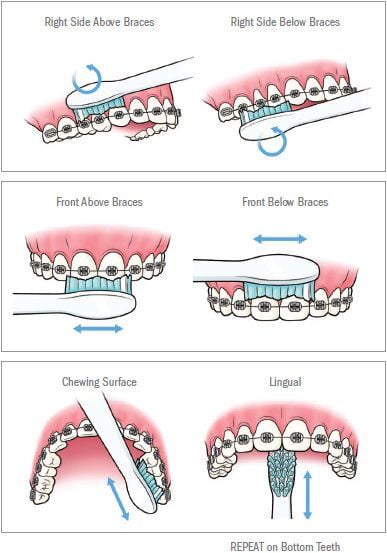
Effective Brushing technique along with Water Flossing is important for removing plaque biofilm from tooth surfaces. You are requested to use an accurate brushing technique along with water flossing for maintaining good oral hygiene and preventing damage to the soft tissue surrounding the teeth.
